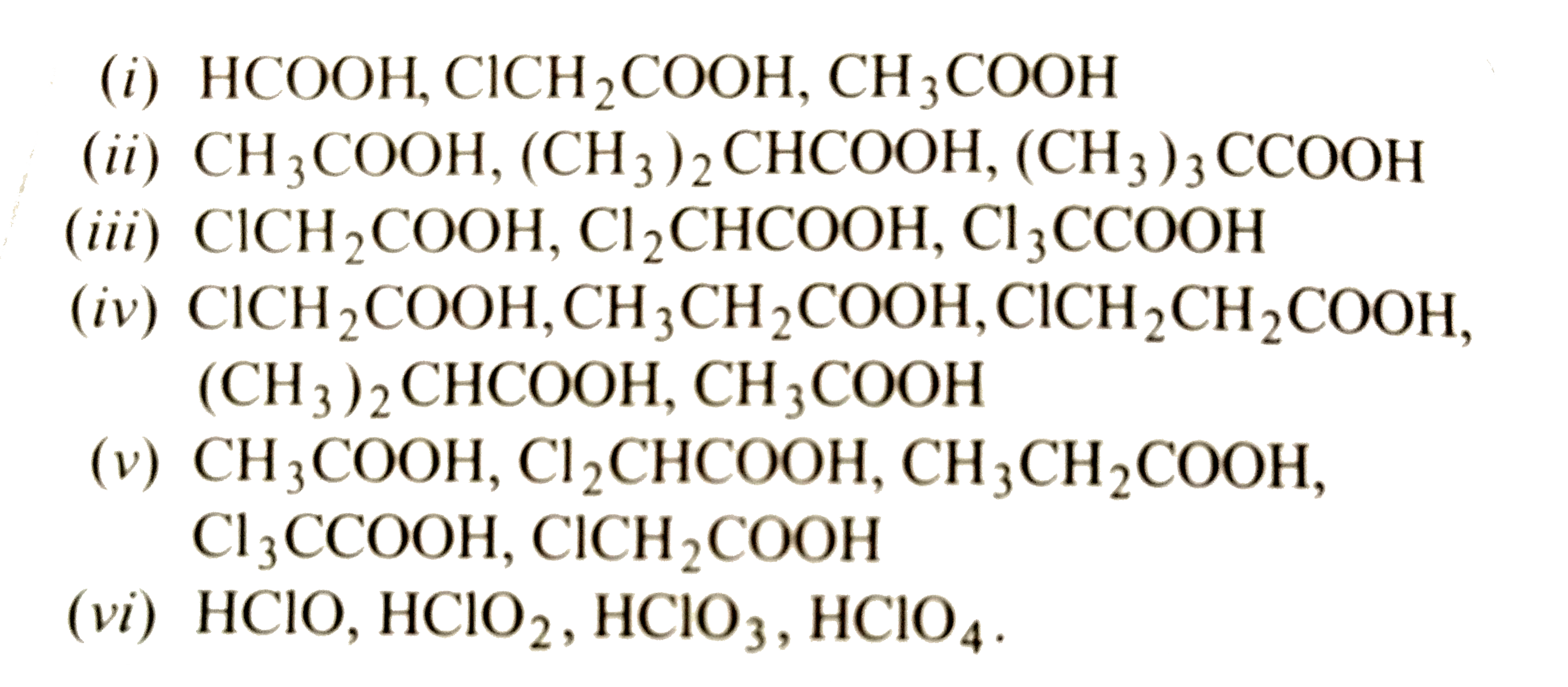Arrange solid, liquid and gas in order of increasing energy?
To arrange solid, liquid, and gas in order of increasing energy, we need to analyze the energy characteristics of each state of matter based on their intermolecular forces and kinetic energy.
1. Understanding Solid State:
- In solids, the intermolecular forces of attraction are very strong. This means that the particles are held tightly in fixed positions and cannot move freely.
- The kinetic energy of particles in a solid is minimal because they can only vibrate in place. Thus, we can consider the kinetic energy to be very low or effectively zero.
- The potential energy, due to the strong intermolecular forces, is negative and very large in magnitude.
- Total Energy of Solid: The total energy is negative due to the large negative potential energy, indicating that solids have the least energy.
2. Understanding Liquid State:
- In liquids, the intermolecular forces are weaker than in solids, allowing particles to move more freely while still being attracted to each other.
- The kinetic energy of particles in a liquid is higher than in solids because they can move around each other, leading to a positive kinetic energy.
- The potential energy remains negative but is less negative than that of solids due to the weaker intermolecular forces.
- Total Energy of Liquid: The total energy is still negative but less so than that of solids, indicating that liquids have more energy than solids.
3. Understanding Gas State:
- In gases, the intermolecular forces are negligible, meaning that gas particles are far apart and move independently of one another.
- The kinetic energy of gas particles is very high because they move freely and rapidly.
- The potential energy is effectively zero because there are no significant intermolecular forces acting on the particles.
- Total Energy of Gas: The total energy is positive, indicating that gases have the highest energy among the three states of matter.
Conclusion:
Based on the analysis above, we can arrange the states of matter in order of increasing energy as follows:
Solid < Liquid < Gas
- In solids, the intermolecular forces of attraction are very strong. This means that the particles are held tightly in fixed positions and cannot move freely.
- The kinetic energy of particles in a solid is minimal because they can only vibrate in place. Thus, we can consider the kinetic energy to be very low or effectively zero.
- The potential energy, due to the strong intermolecular forces, is negative and very large in magnitude.
- Total Energy of Solid: The total energy is negative due to the large negative potential energy, indicating that solids have the least energy.
- In liquids, the intermolecular forces are weaker than in solids, allowing particles to move more freely while still being attracted to each other.
- The kinetic energy of particles in a liquid is higher than in solids because they can move around each other, leading to a positive kinetic energy.
- The potential energy remains negative but is less negative than that of solids due to the weaker intermolecular forces.
- Total Energy of Liquid: The total energy is still negative but less so than that of solids, indicating that liquids have more energy than solids.
- In gases, the intermolecular forces are negligible, meaning that gas particles are far apart and move independently of one another.
- The kinetic energy of gas particles is very high because they move freely and rapidly.
- The potential energy is effectively zero because there are no significant intermolecular forces acting on the particles.
- Total Energy of Gas: The total energy is positive, indicating that gases have the highest energy among the three states of matter.
Based on the analysis above, we can arrange the states of matter in order of increasing energy as follows:
Solid < Liquid < Gas
Topper's Solved these Questions
- BOOK - MODERN PUBLICATIONCHAPTER - STATES OF MATTER : GASES AND LIQUIDSEXERCISE - Conceptual Questions (2)20videos
STATES OF MATTER : GASES AND LIQUIDS
- BOOK - MODERN PUBLICATIONCHAPTER - STATES OF MATTER : GASES AND LIQUIDSEXERCISE - NCERT FILE (NCERT)(Textbook Exercises)23videos
STATES OF MATTER : GASES AND LIQUIDS
- BOOK - MODERN PUBLICATIONCHAPTER - STATES OF MATTER : GASES AND LIQUIDSEXERCISE - Advanced Level (PROBLEMS)14videos
STATES OF MATTER : GASES AND LIQUIDS
- BOOK - MODERN PUBLICATIONCHAPTER - SOME BASIC CONCEPTS OF CHEMISTRY EXERCISE - COMPETITION FILE (INTEGER TYPE AND NUMERICAL VALUE TYPE QUESTIONS)10videos
SOME BASIC CONCEPTS OF CHEMISTRY
- BOOK - MODERN PUBLICATIONCHAPTER - STRUCTURE OF ATOMEXERCISE - Unit Practice Test13videos
STRUCTURE OF ATOM
Similar Questions
Knowledge Check
- Question 1 - Select One
Arrange S,P and As in order of increasing ionisation energy.
AS<P<AsBP<S<AsCAs<S<PDAs<P<S - Question 2 - Select One
Arrange in order of increasing I.P.
AMg<Al<Si<PBAl<Si<P<MgCSi<P<Mg<AlDAl<Mg<Si<P - Question 3 - Select One

Arrange in order of increasing acid strengthAX>Z>YBZ<X>YCX>Y>ZDZ>X>Y
(a) Arrange solids, liquids and gases in increasing order of the following properties of matter
rigidity (ii) diffusion (iii) compressibility.
(b) Write one example from your daily life which is based on diffusion of gases.View SolutionFor the following properties listed below, arrange solids, liquids and gases either in the increasing or decreasing order as indicated against them.
(i) Diffusibility (ii) Intermolecular spaces
(iii) Thermal expansion (iv) Intermolecular force of attractionView SolutionArrange the following in order of increasing acidity:
 View Solution
View Solution
Arrange in order of increasing acid strengthView SolutionArrange the following in the order of increasing entropy:
View Solution

